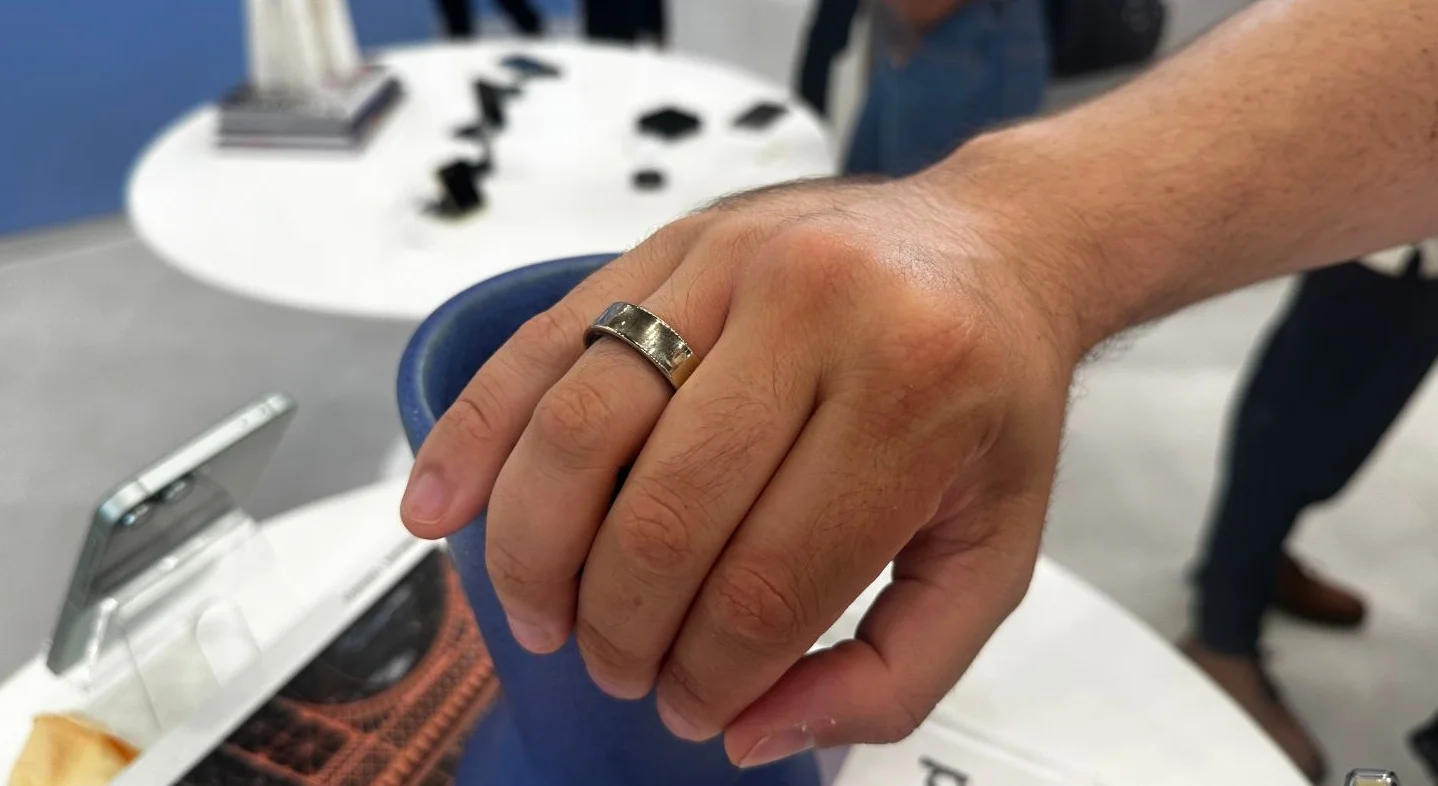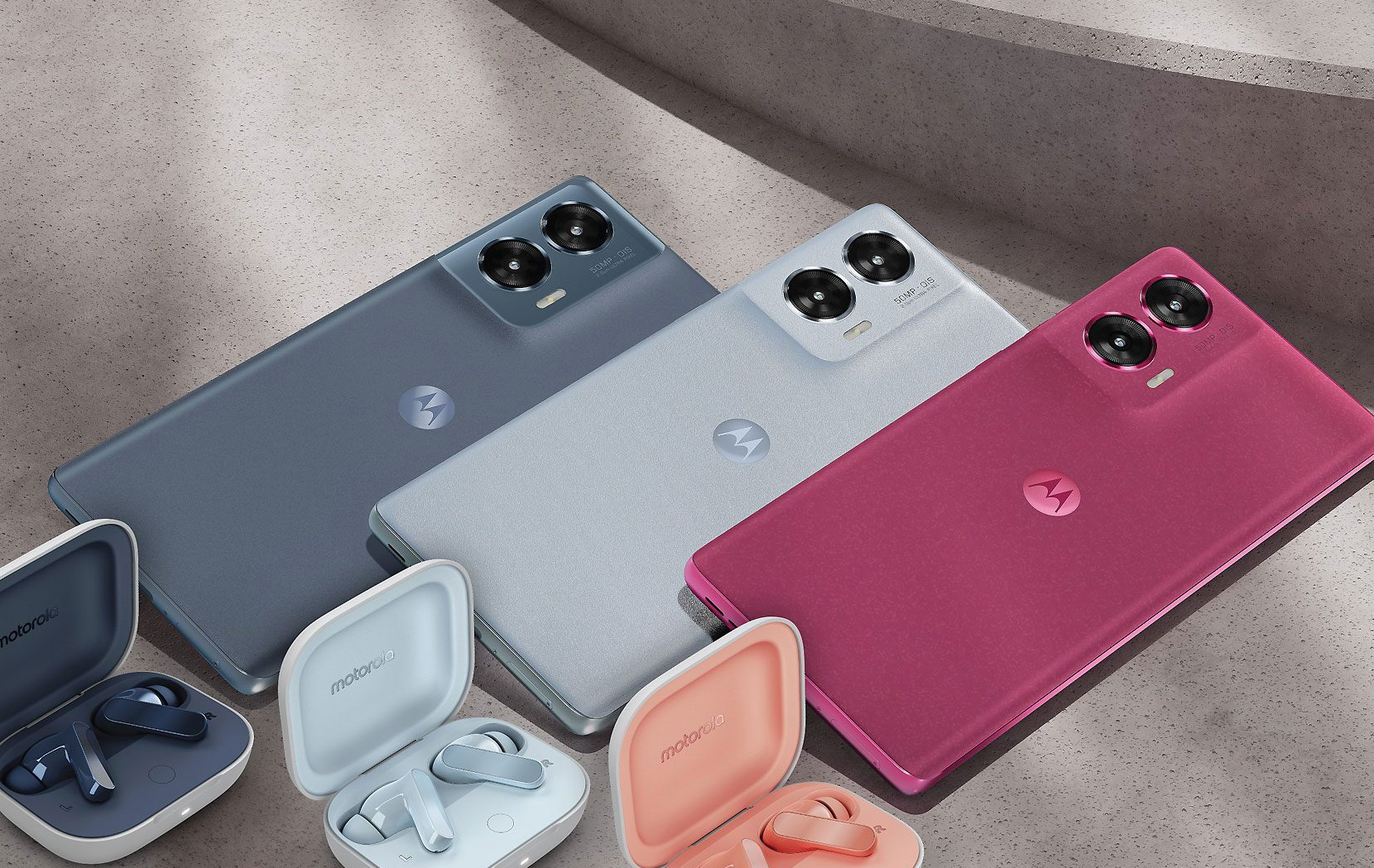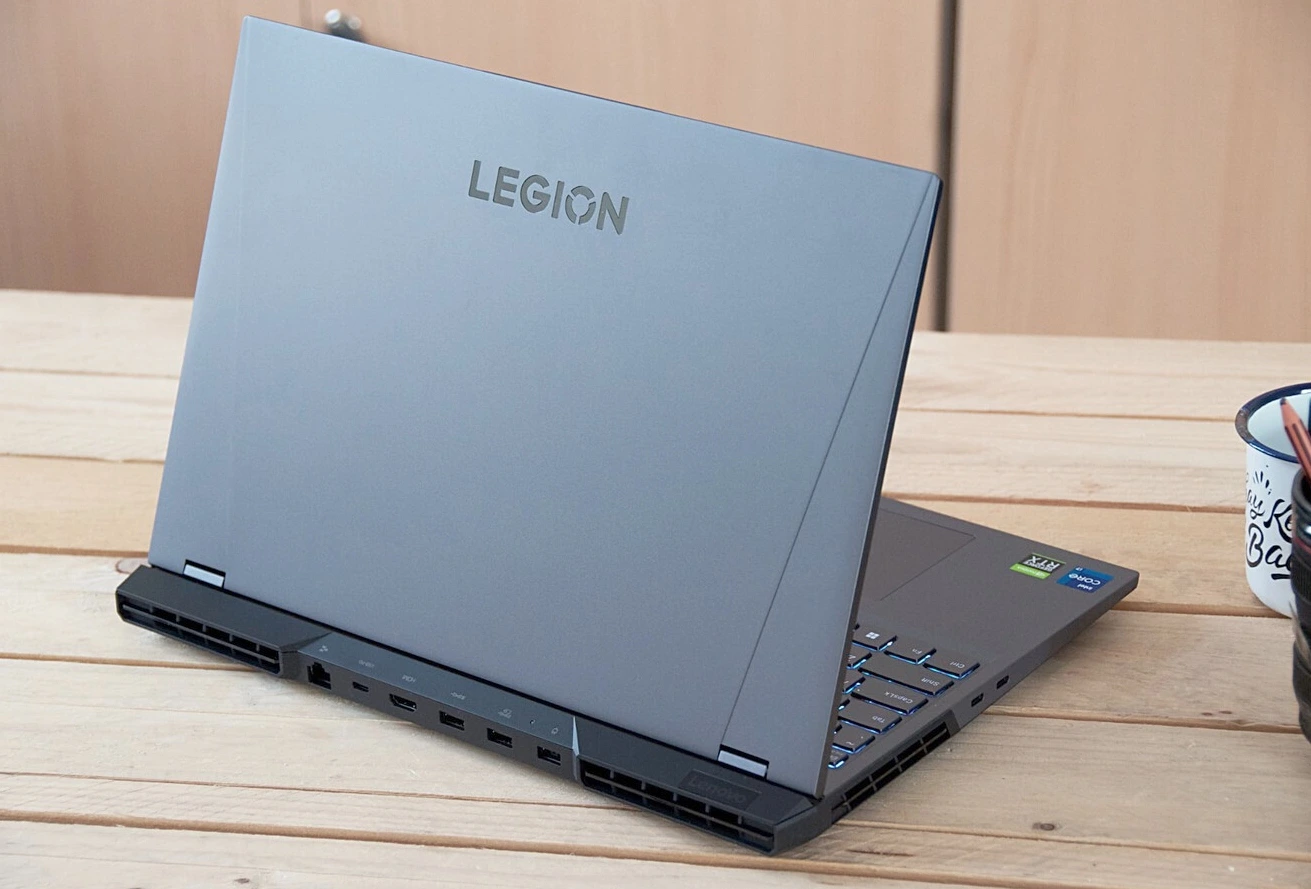Samsung wasn’t the first to enter the world of smart rings, just as it wasn’t initially with smartwatches. Yet, they’ve managed to create one of the most interesting smart rings on the market with their first attempt.
After extensively testing other smart rings like the Ultrahuman Ring and more recently, the Amazfit Helio Ring, it’s now the turn of the Samsung Galaxy Ring—a product initially stated to not launch in Spain, but which is finally available.
Samsung has completed its health ecosystem with a ring available in a range of sizes and equipped with unique details that competitors lack. This attention to detail demonstrates the effort from Samsung’s wearable development team in Korea to produce a distinctive product, even as the future of these devices remains uncertain.
Design and User Experience
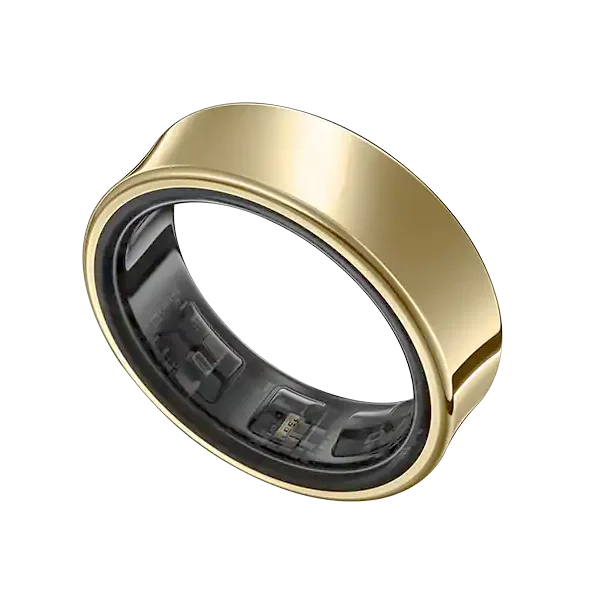
The design of the Samsung Galaxy Ring is quite remarkable. It’s one of the smallest rings I’ve tested, yet it retains a style that stands out easily on your hand, with a subtle concave detail.
If Samsung aimed to differentiate itself in design—considering that smart rings have limited design flexibility—it has succeeded. There’s also a small notch at the bottom indicating the correct placement.
On a technical level, the largest size, a 13 (which I tested), weighs just 3 grams and houses a 23.5 mAh battery, the largest I’ve seen in any smart ring to date.
It has an IP68 rating, making it resistant to water and dust, and it can be submerged up to 10 meters.
Purchase Process, Sizing, and Usage
Currently, the Samsung Galaxy Ring is only available for purchase online or through MediaMarkt, and as expected, the first thing Samsung offers is a sizing kit, from size 5 to 13 (these sizes don’t match international standards). The kit includes resin models of the Galaxy Ring, which I recommend trying for at least one night to ensure your selected size is comfortable while sleeping.
Once your size is confirmed, you can visit Samsung’s online store to choose your color and size for delivery.
The sensors are located on the inner part of the ring, with three diodes—two for heart rate monitoring and one for blood oxygen level—elevated for optimal skin contact.
Like with any ring, comfort is key; however, if you experience swollen hands, you may need to remove it as wearing a tightly fitted device can be uncomfortable. On regular days, though, you barely notice it’s there.
The only issue with the Galaxy Ring is during the night. Heart rate and blood oxygen level are monitored continuously throughout the night, or at least for the hours you’re asleep. This means the sensors stay on, and you might notice a faint green and red glow on your hand when you wake up. Is it bothersome? Not really, though it can be slightly distracting.
What sets the Galaxy Ring apart is that, in addition to tracking your activity and health, it includes gesture controls for various actions. While a small feature, it makes a significant difference from its competitors.
Currently, it detects a gesture involving tapping your thumb and index finger, allowing you to dismiss an alarm or take a photo or video when the phone camera is open. These may be minor features but are perfectly integrated into the Samsung ecosystem.
App and Data Quality
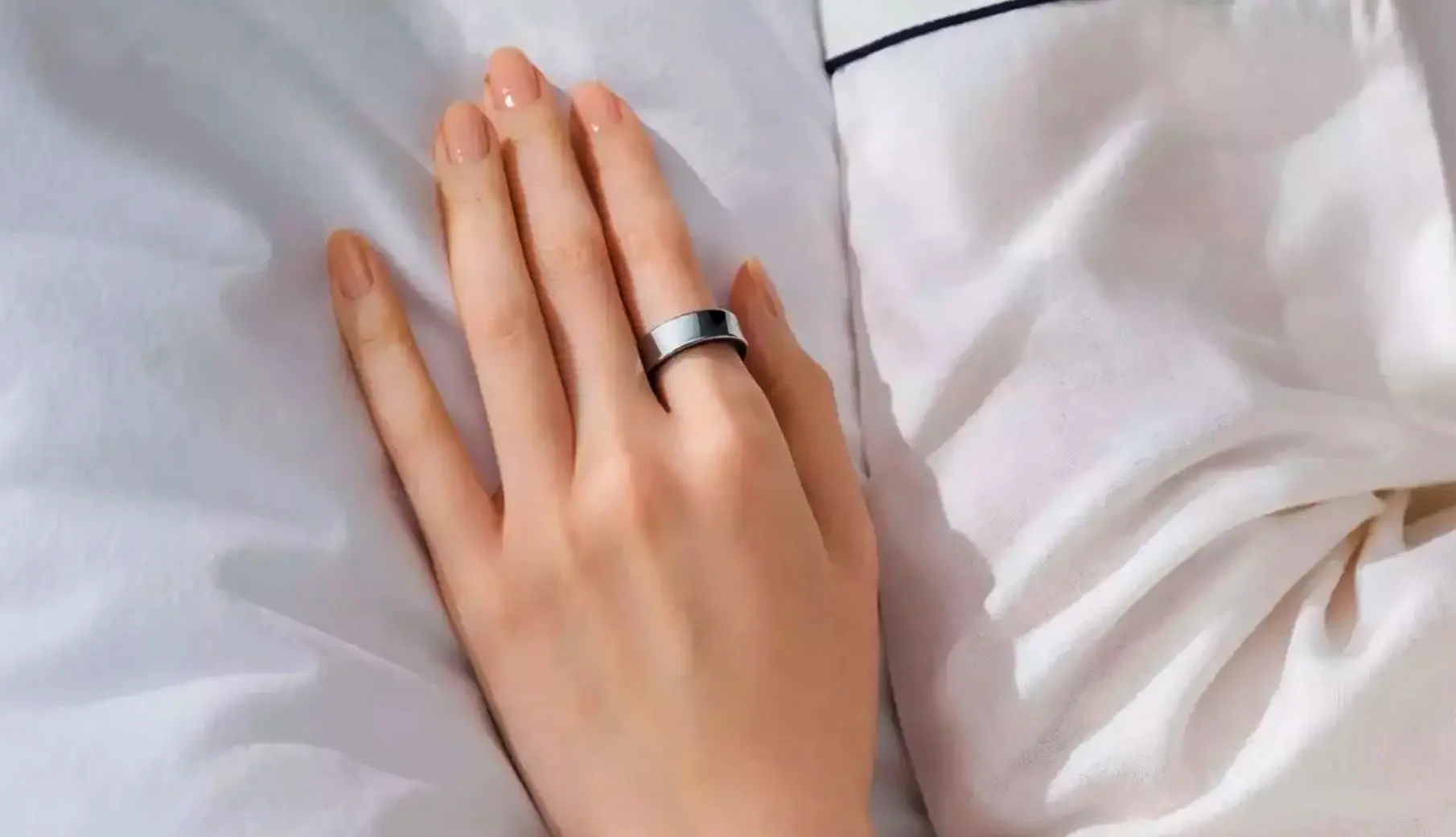
The Samsung ring’s primary function is health data tracking. Without this, the product would lose much of its value. Fortunately, Samsung has delivered precise blood oxygen and heart rate readings compared to other devices like smart rings and smartwatches.
As with Samsung’s smartwatches, Samsung Health provides a quick overview of your body stats and activity levels, showing everything from step count and sleep score to cycle tracking, stress level, resting pulse, blood oxygen level, and more.
While step counting is somewhat inaccurate—which I won’t fault it for, as “all devices measure steps poorly” and it’s a small product with a significant error margin—I’m most interested in sleep tracking quality.
The sleep tracking feature accurately records time spent in bed versus actual sleep time. Over several nights of use, only once did it misjudge my sleep duration.
Sleep phase detection is also fairly accurate. Although I lack medical-grade equipment for a direct comparison, I compared it with data from devices like the Ultrahuman Ring and two smartwatches, the Huawei Watch GT 5 Pro and the Apple Watch Series 10.
Samsung Galaxy Ring appears to track all sleep phases effectively, though it tends to overestimate deep sleep compared to the other devices mentioned.
Which device provides the most realistic data? Likely none, but as I often say in my reviews of rings and smartwatches, the key is to use the data as a baseline for tracking your progress, not as absolute truth.
Samsung knows how to create an effective health data app, and Samsung Health provides extensive body metrics that, while not overwhelming, could feel comprehensive. Having access to sleep phase data, an overall sleep score, and daily, weekly, monthly, and yearly views helps you monitor sleep trends—valuable if you take fitness seriously.
Additionally, the app displays blood oxygen levels during sleep, snoring (the phone’s microphone must be nearby for this), and skin temperature, which is a bonus. The more information, the better, and if it’s well-presented, even better.
Daily Use and Battery Life
One of the biggest surprises with the Galaxy Ring has undoubtedly been its battery life. Out of all the smart rings I’ve tested (Ultrahuman Ring and Amazfit Helio Ring), this one stands out in terms of battery performance.
The Samsung Galaxy Ring consistently provides a solid 5 days of battery life before reaching 30-25%. This is an excellent result.
In comparison, the Ultrahuman lasts about 2.5 days, and the Amazfit around 3 days. Samsung has managed to find a perfect balance between design, functionality, and battery life, especially given the frequent use of its sensors.
The idea of using a battery case to charge the ring is brilliant. Its competitors generally use a USB-C charging base, as these devices charge quickly and are usually charged on a bedside table.
The charging case not only recharges the ring but also displays the battery level of the case with a circular light indicator. When you place the ring inside, the light changes to visually indicate the ring’s charge status.
Again, small details make a significant difference.
Final Verdict: Is the Samsung Galaxy Ring Worth It?
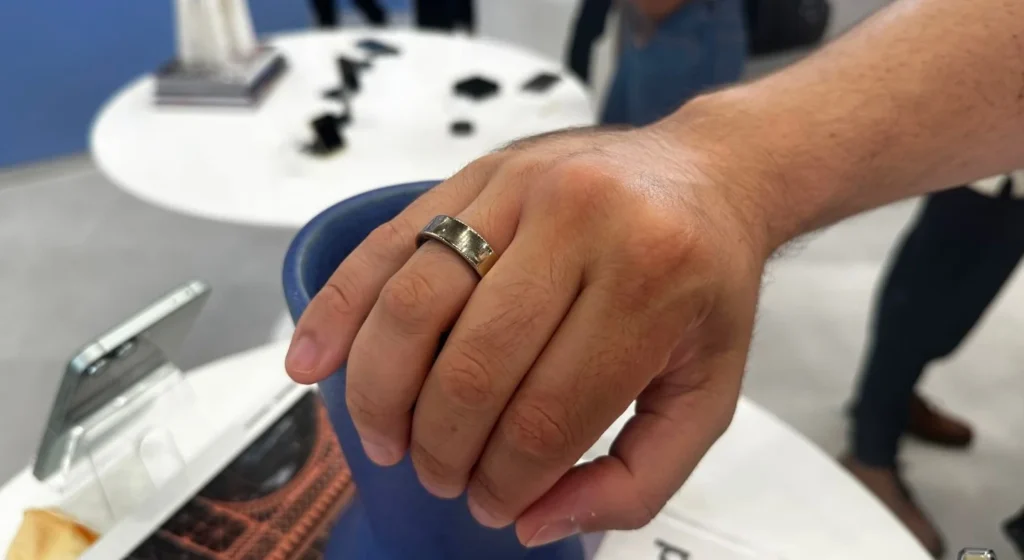
In its first attempt, Samsung has managed to create one of the best smart rings available right now, and it works with any Android phone. Its design, battery life, and, most notably, the quality of its health metrics make it one of the top smart rings on the market.
It’s true that its lack of iPhone compatibility loses it some points, but at least Samsung ensures it functions seamlessly with other Android phones through the Samsung Health app.
Admittedly, the price is higher than one might hope, especially considering the competition. Many people may see it as an excessive expense, especially if they already own a smartwatch. However, the €449 price tag buys you a ring you can use for years, one that adds depth to your personal health data.
If you’re looking for a health companion focused on rest and recovery tracking, can’t stand wearing your smartwatch at night, and are fully integrated into the Samsung ecosystem, then the Samsung Galaxy Ring is a recommended purchase.

